Art and Architecture of the New Indian Parliament
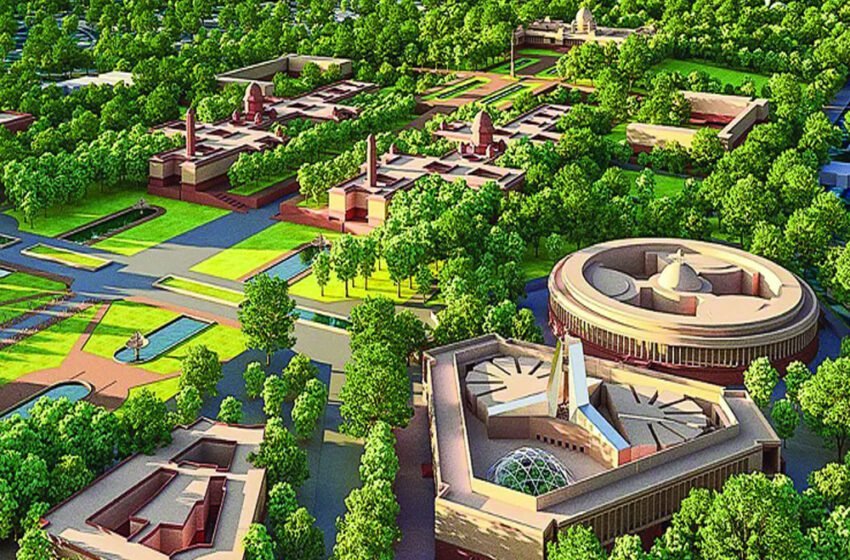
The new Indian Parliament building, set to be completed by 2022, marks a significant milestone in the nation’s democratic journey. This state-of-the-art structure promises to embody India’s rich cultural diversity and symbolize the aspirations of ‘New India’ as the country celebrates its 75th anniversary of independence. In this article, we explore the intricacies of the art and architecture of the new Indian Parliament, delving into its design, symbolism, and the impact it will have on the future of Indian democracy.
 Design and Aesthetics
Design and Aesthetics
The new Parliament building is designed to be a four-storey structure with a seating capacity of 1,224, spanning an area of 64,500 sq m. The design replaces the existing colonial structure, which is set to complete a hundred years in 2021. The building’s contemporary design incorporates regional arts and crafts, reflecting the nation’s cultural diversity. Artisans and sculptors from all corners of India will be employed to complete the structure, making it a symbol of Atmanirbhar Bharat (self-reliant India).
Exterior Design
The exterior of the new Parliament building is characterized by a triangular layout, which is both functional and symbolic. The triangular structure features a main entrance, a ceremonial entrance, and an exclusive entrance for the Speaker of Lok Sabha and the Chairman of Rajya Sabha. The building’s periphery includes blocks for the reception, information counter, and public waiting areas. The entire structure is designed to be accessible for the differently-abled, ensuring an inclusive space for all.
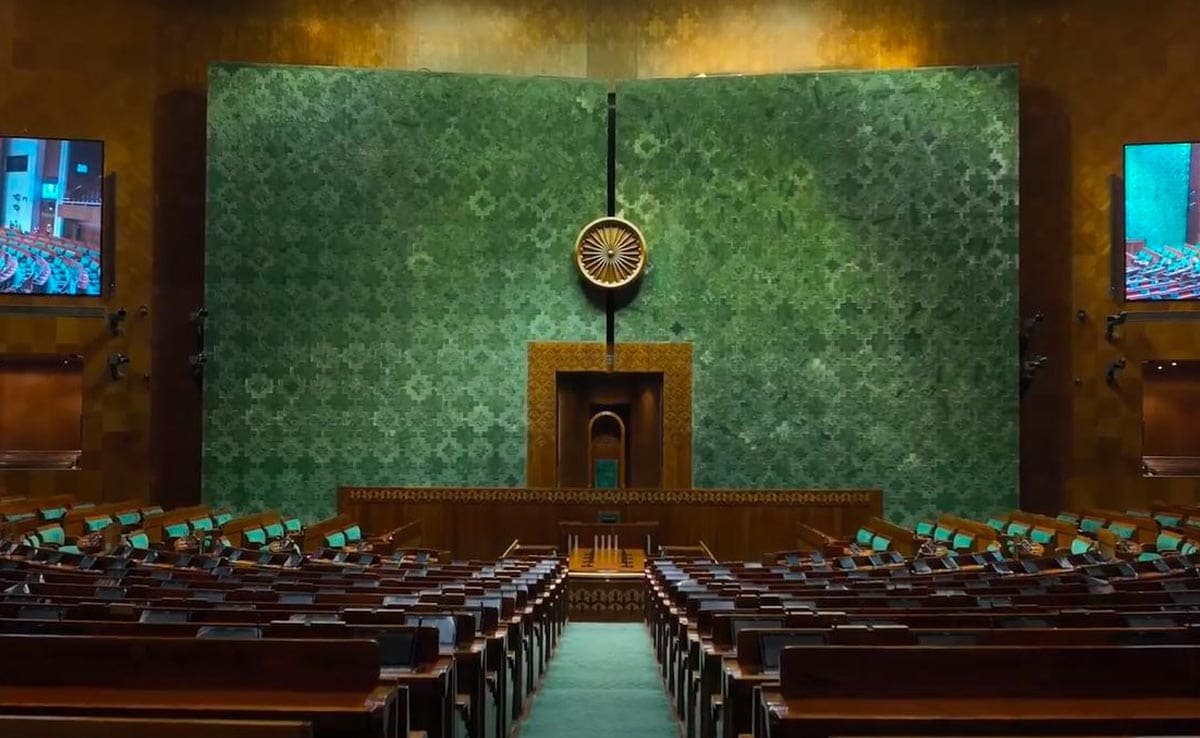
Interior Design
The interior of the new Parliament building is meticulously planned to accommodate the needs of the modern Indian democracy. The structure boasts ample space for 888 MPs in the Lok Sabha and 384 MPs in the Rajya Sabha, with provisions for future expansion in mind. The iconic Central Hall present in the existing structure will not be featured in the new building. Instead, the new Parliament will house a grand Constitution Hall, showcasing India’s democratic heritage, a lounge for members of Parliament, a library, multiple committee rooms, dining areas, and ample parking space.
Symbolism and Cultural Significance
The new Parliament building is designed to be a symbol of India’s strength, unity, and cultural diversity. The incorporation of regional arts and crafts in the building’s design is a testament to the country’s rich artistic heritage. By employing artisans and sculptors from across India, the structure serves as a symbol of Atmanirbhar Bharat (self-reliant India) and the vision of ‘Aatmanirbhar Bharat.’
Celebrating Cultural Diversity
The theme of the new building is centered around the celebration of India’s cultural diversity. The structure will feature artwork and architectural elements inspired by various regions of the country, showcasing the nation’s unique blend of traditions, customs, and artistic expressions. By incorporating regional arts and crafts into the design, the new Parliament building honors India’s artistic legacy and highlights the nation’s cultural richness.
A Landmark for New India
The new Parliament building is set to be a landmark for New India, representing the nation’s growth, progress, and aspirations. It is an integral part of the vision of ‘Aatmanirbhar Bharat,’ and will serve as a symbol of India’s democratic strength and unity. The structure aims to meet the needs and aspirations of New India as the country marks its 75th anniversary of independence in 2022.
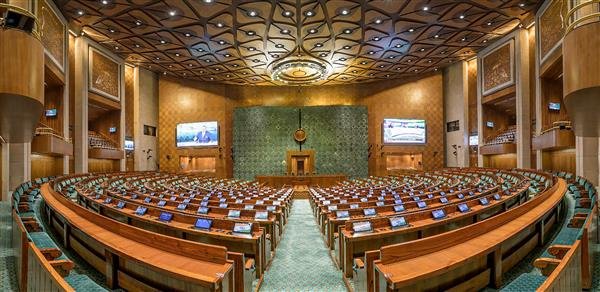
Environmental Considerations and Sustainability
The new Parliament building is designed with environmental considerations and sustainability in mind. The structure will incorporate energy-efficient systems and materials, ensuring minimal environmental impact. The building will also feature green spaces and landscaping, promoting a healthy and eco-friendly environment for the occupants and visitors.
Energy Efficiency and Green Technologies
The new Parliament building will be equipped with energy-efficient systems and technologies, including solar panels and energy-saving lighting fixtures. The use of such technologies will not only reduce the building’s energy consumption but also contribute to the nation’s commitment to sustainable development and environmental conservation.
Landscaping and Green Spaces
The new Parliament building will be surrounded by lush green spaces and landscaping, providing a serene and tranquil environment for the occupants and visitors. The inclusion of green spaces will not only enhance the building’s aesthetic appeal but also promote mental well-being and environmental sustainability.
Construction and Timeline
The construction of the new Indian Parliament building is set to begin in December 2020, with a target completion date coinciding with the 75th anniversary of India’s independence in 2022. In September 2020, Tata Projects Limited won the bid to construct the new building at a cost of Rs 861.90 crore. The construction process is expected to employ around 2000 people directly and 9000 people indirectly.
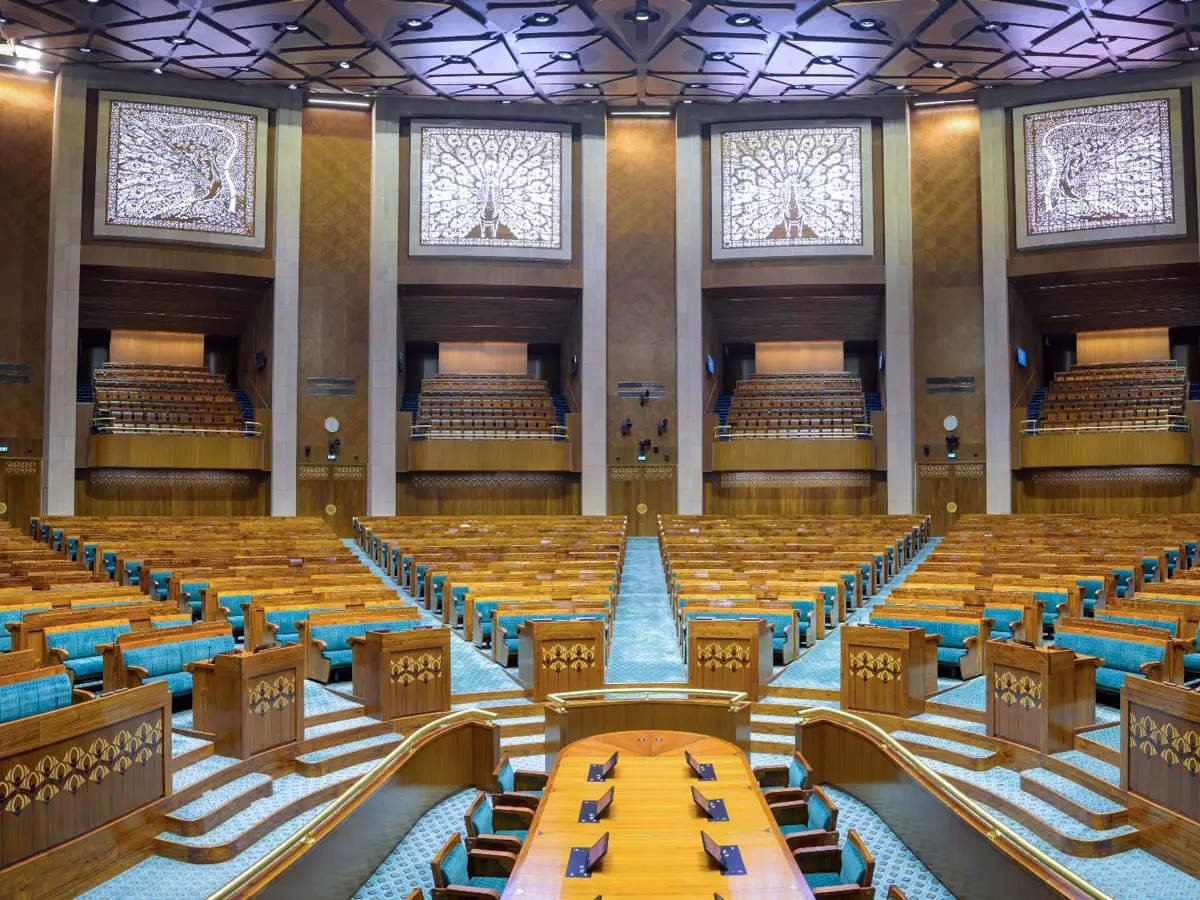
Central Vista Redevelopment Project
The new Parliament building is a part of the larger Central Vista redevelopment project, which aims to transform the heart of the Indian capital. The existing Parliament House building will be suitably retro-fitted to provide more functional spaces for parliamentary events, ensuring its continued usage alongside the new building.
Historical Context
The existing Parliament House is a British-era building, designed by renowned architects Edwin Lutyens and Herbert Baker, who were responsible for planning and constructing New Delhi. The Foundation Stone of the existing Parliament House was laid on February 12, 1921, and the construction took six years, costing Rs 83 lakh at that time. The opening ceremony was performed on January 18, 1927, by the then Governor-General of India, Lord Irwin.
Conclusion
The new Indian Parliament building is a testament to the nation’s democratic progress, cultural diversity, and commitment to sustainability. With its state-of-the-art design, symbolic elements, and environmental considerations, the structure promises to be a landmark for New India and a source of pride for generations to come. As India celebrates its 75th anniversary of independence in 2022, the new Parliament building will stand as a symbol of the nation’s unity, strength, and aspirations for a brighter future.
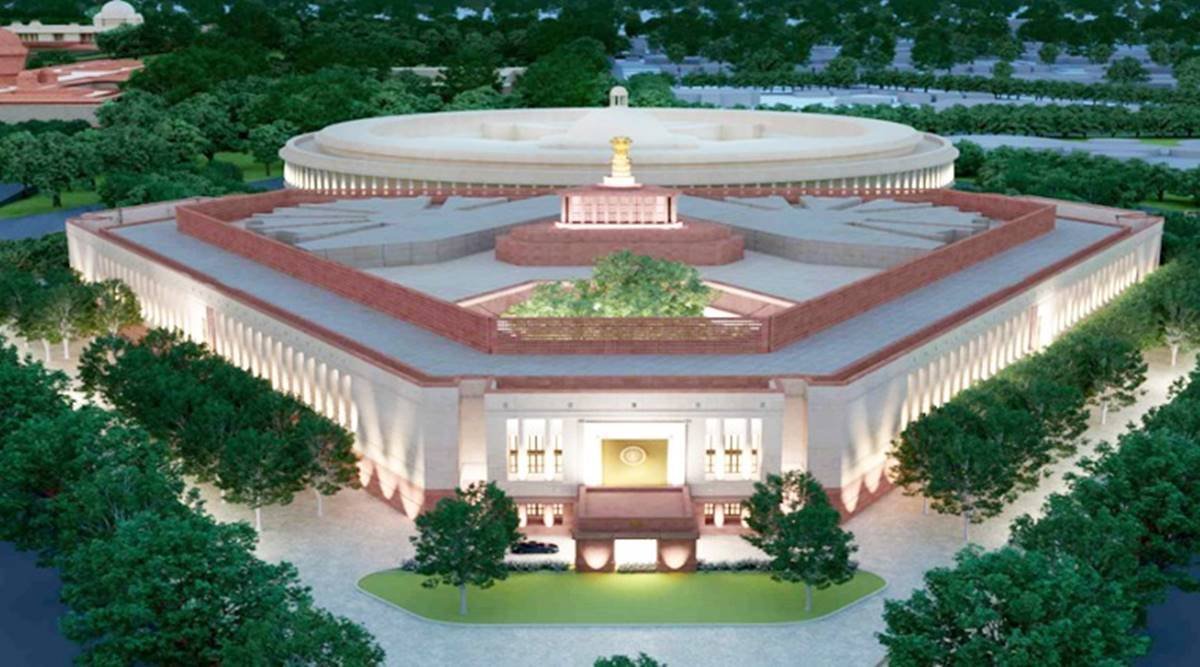 Design and Aesthetics
Design and Aesthetics

